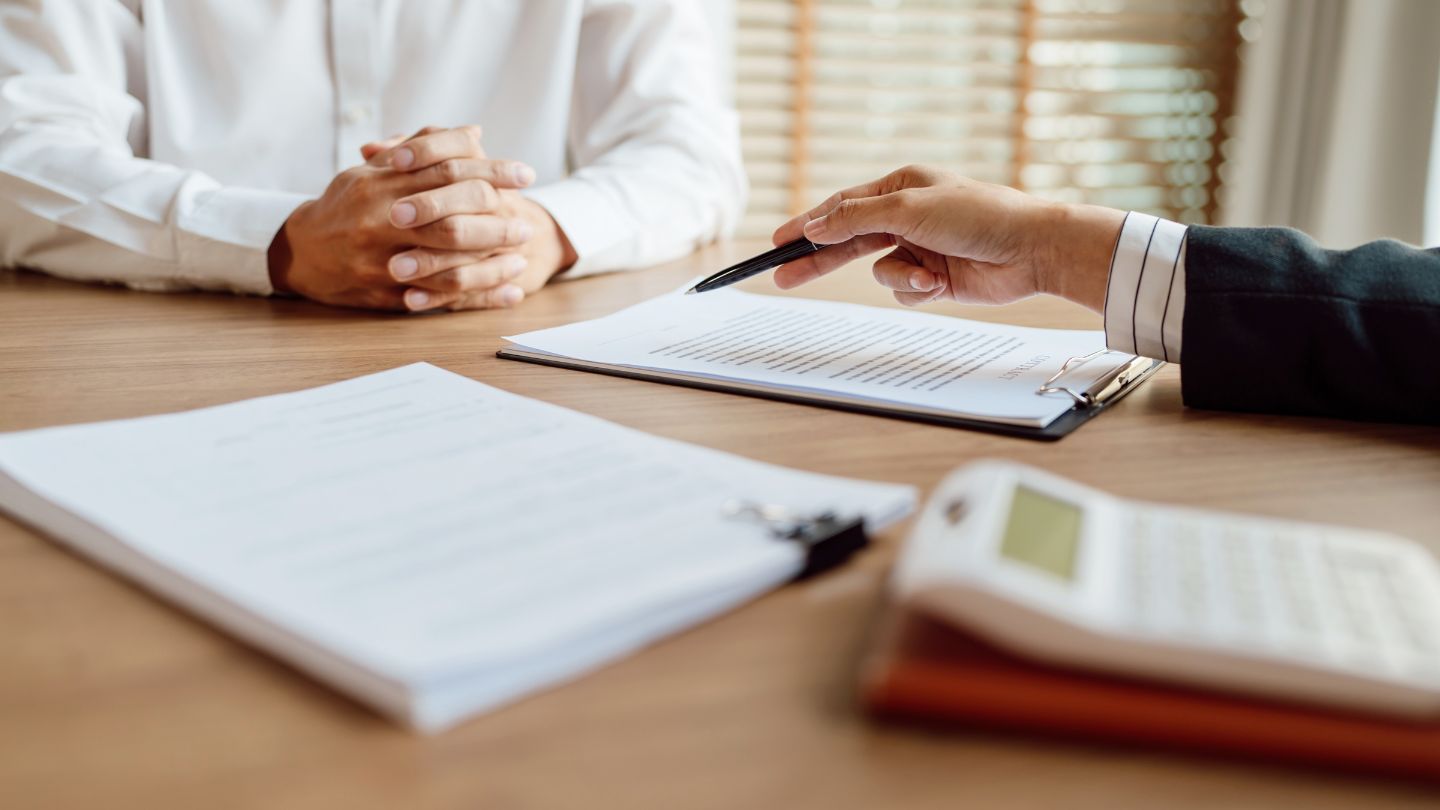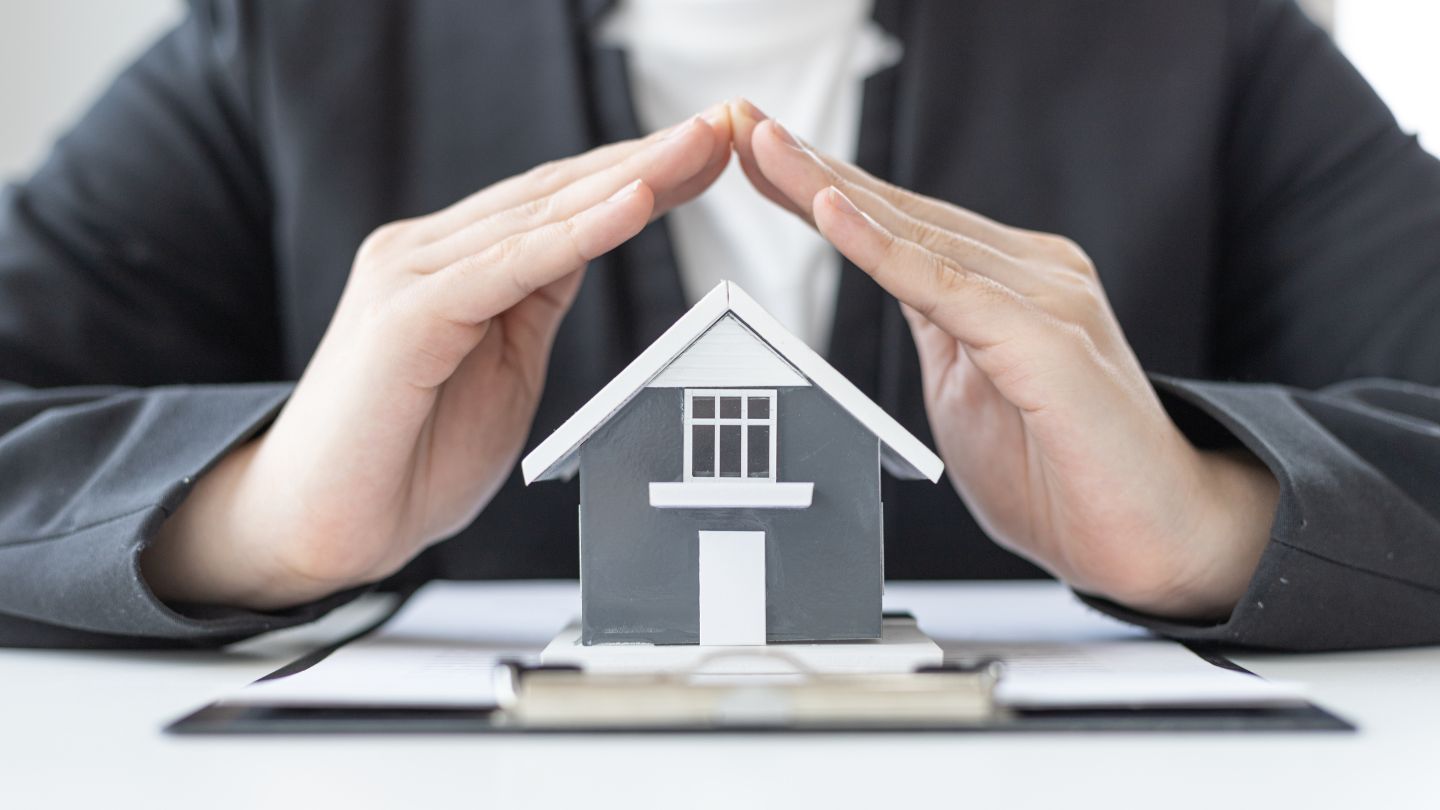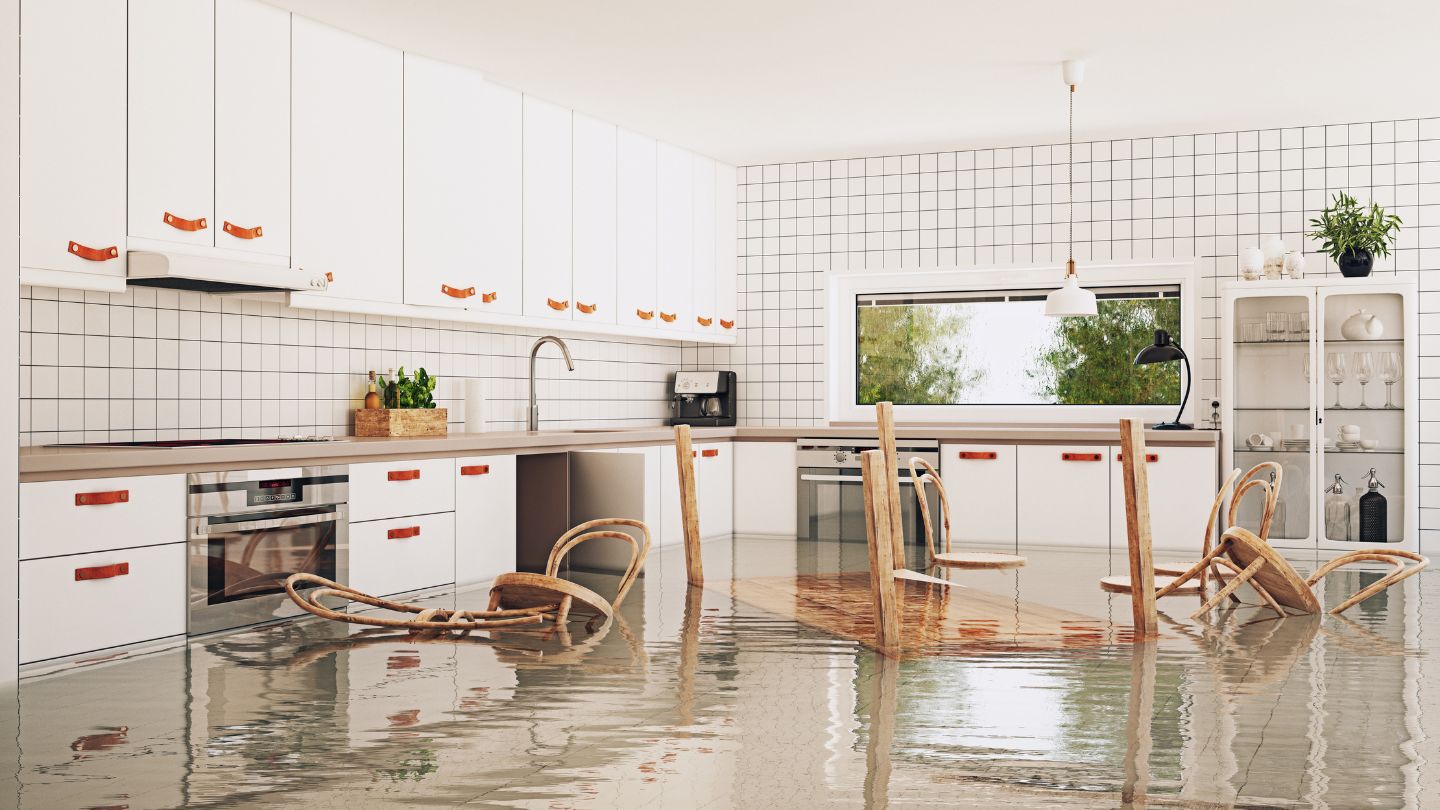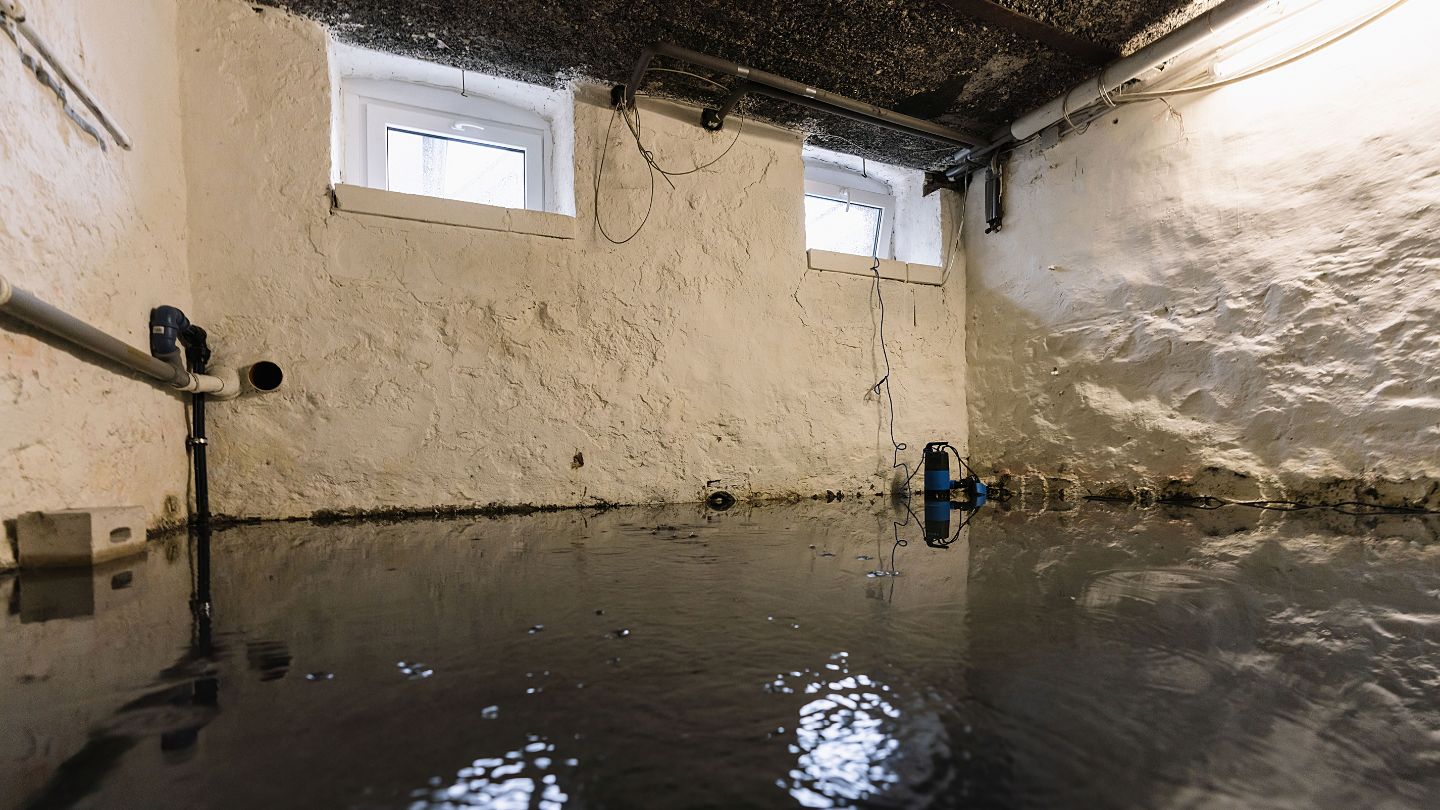Flood damage is overwhelming. Here’s what to do after flood damage: ensure safety, contact authorities, document damage, and start cleanup. This blog will walk you through each step to help you recover quickly and safely.
Key Takeaways
- Assess safety first, checking for hazards like downed power lines and contaminated floodwaters before entering your home.
- Document all flood damage meticulously with photos and records to support your insurance claims, and initiate your flood insurance process promptly.
- Implement thorough cleanup and mold remediation practices, and prepare for future floods by creating an emergency plan and improving property resilience.
Assessing Safety
The first and foremost priority after a flood suddenly is assessing safety. Before stepping back into your home, it’s crucial to check for serious health hazards. Key safety precautions include:
- Look out for downed power lines and report them immediately to avoid the risk of electrocution.
- Never touch electrical equipment or downed power lines as they may still be electrically charged.
- Be aware that floodwaters are often contaminated with hazardous materials like sewage and rubbish, posing significant health risks. Additionally, contact your power company for guidance on safely restoring electricity.
Preparing your home before a flood is essential to minimize damage and ensure safety. Key tips include creating an emergency plan, elevating valuable items, and sealing any potential water entry points. By taking proactive measures, you can protect your property and loved ones from the devastating effects of flooding.
Always consult with emergency services before entering your property. They can provide guidance on whether it is safe to enter. Remember to follow local guidelines for cleanup to ensure you are taking the right precautions. Prioritizing safety protects you and your loved ones from the many dangers associated with flood damage.
Contacting Authorities and Insurance

After ensuring safety, take the following steps:
- Contact local authorities who can help with emergency housing and other essential services if you are legally homeless due to the flood.
- Contact your insurance agent.
- Initiate your flood insurance claim as soon as possible to facilitate recovery.
- Start the claims process with your insurance company immediately.
Remember, flood insurance is a separate necessity as many homeowners’ insurance policies do not cover flood damage. Seeking advice from the Association of British Insurers can provide additional guidance on flood insurance.
Keeping in touch with local news and news reports can also provide timely updates on safety and recovery efforts.
Documenting Damage
Thorough documentation of the damage is vital for your insurance claim. To support your claim, you should:
- Take wide-angle and close-up photos of all affected areas, including walls, floors, and furniture.
- Record serial numbers from damaged appliances and electronics.
- Keep samples of damaged materials like carpet or drywall to prove your losses during the insurance process.
Save all repair receipts and new purchases to bolster your claim. Meticulous documentation ensures a smooth and successful insurance claim process.
Initial Cleanup Steps
The initial cleanup steps are vital to kickstart the recovery process. Protect yourself from contamination with gloves and masks when handling flood debris that is quickly swept away. Thoroughly wash your hands after dealing with any potentially contaminated items.
Safety guidelines to follow:
- Do not turn on utilities until they have been checked for safety.
- Be mindful of debris disposal by following local rules and separating materials into designated categories.
- Discard any food that has been in contact with floodwater as it poses serious health risks. Ensure that you disconnect electrical appliances and inspect electrical equipment for safety before use.
These precautions can significantly reduce health hazards safely during the cleanup process.
Salvaging and Disposing Items

Deciding what to salvage and what to dispose of can be challenging. Items containing absorbent materials that have been exposed to floodwater should generally be discarded. Use plastic sheeting to protect salvaged items during the cleanup process.
Contact your local council’s environmental health department for hazardous waste disposal instructions. Organize debris into specific categories such as household garbage and construction debris. Properly disposing of contaminated items and salvaging essential items will make the recovery process more manageable.
Drying Out Your Home
Drying out your home is crucial to prevent further damage and mold growth. Utilize dehumidifiers for at least 48 hours to effectively remove excess moisture. Combine fans with dehumidifiers to ensure proper air circulation.
To properly dry out your home during the recovery process:
- Monitor humidity levels and keep the dehumidifier running until these levels stabilize.
- Open windows to increase airflow and speed up the drying process.
- Avoid using heat sources like hair dryers or ovens to dry out sensitive items, as they can cause damage.
Properly drying your wet home is a significant step in the recovery process.
Mold Remediation
Mold remediation is essential post-flood. Significant mold growth or extensive water damage requires professional mold remediation. Areas contaminated by raw sewage water require specialized professional cleaning to ensure safety.
Ensure mold removal is fully completed before returning to live in the affected area. For smaller, manageable mold issues, homeowners can handle cleanup themselves following specific guidelines. Cleaning and disinfecting all surfaces is necessary to inhibit mold growth. Proper mold remediation ensures a safe living environment.
Repairing Structural Damage
Repairing structural damage is a critical step. Key considerations include:
- Flooded drywall and insulation may need to be cut out and removed to prevent further moisture issues.
- Choosing a reputable repair service is crucial.
- Doing background checks on providers can help avoid scams.
Recommendations for rebuilding and safety include:
- Inspect for hazardous materials like chemicals or propane tanks and have professionals handle them.
- Use materials resistant to water damage to enhance the durability of repairs.
- Follow local building codes and safety standards during the rebuilding process.
- Properly repair structural damage to ensure long-term safety.
Food and Water Safety
Food and water safety are paramount after a flood. Floodwaters can carry sewage, bacteria, and viruses, posing significant health risks to the flood water supply. Follow guidelines from the Food Standards Agency to ensure safety.
Avoid consuming anything that may have been contaminated by floodwaters. Adhering to food and water safety guidelines ensures that what you consume is safe to drink and protects your health and that of your family. It is crucial to avoid flood waters and avoid moving water to ensure your safety.
Mental Health and Wellbeing
Floods can take a toll on mental health in flooded areas. Stress and anxiety are common and can impact overall wellbeing. Local mental health resources can help individuals cope with the emotional aftermath of flash floods.
Crisis counseling services are available 24/7 for flood survivors. Peer-support hotlines offer non-judgmental assistance for those affected by flood-related stress. Specific resources exist for vulnerable populations, including youth and individuals with disabilities. Taking care of mental health is crucial during recovery.
Preparing for Future Floods

To prepare for future floods is essential. Factors contributing to flood risk include rainfall, topography, drainage channels, and new construction. An emergency plan is crucial for an effective response during flooding scenarios, and it may also involve the need to construct barriers.
Acquiring flood insurance is critical as many standard homeowner policies do not cover flood damage. Making structural improvements to property can significantly decrease the risk of future damage. Proper preparation can mitigate the impact of future floods.
Taking the Next Step in Flood Recovery
Recovering from flood damage can feel daunting, but by addressing safety, documenting damage, and prioritizing proper cleanup, you can restore your home and protect your loved ones. Following steps such as mold remediation, structural repairs, and securing food and water safety not only ensures recovery but also prepares you for potential future floods. The path to recovery involves organized action and long-term prevention.
If you’re facing flood damage, we specialize in flood damage restoration in Atlanta to help you regain normalcy as quickly as possible. Available 24/7, our experienced team uses advanced technology and proven methods to minimize damage and restore your property effectively. Trust 911 Floods R Us to handle flood emergencies with care and professionalism, so you can focus on rebuilding and preparing for the future. Why wait? Accelerate your recovery with our comprehensive restoration services today!
Frequently Asked Questions
How long does drying take in commercial water damage restoration?
Drying in commercial water damage restoration typically takes 3-5 days. This timeline can vary depending on the extent of the damage and environmental conditions.
Is it safe to remain at home during mold remediation?
It is not safe to remain at home during mold remediation; it’s best to leave the property for your safety. Avoid exposure to potentially harmful mold spores during the cleanup process.
What are some precautions to take after flood damage restoration?
It’s crucial to monitor humidity levels and avoid damp areas to prevent mold growth after flood damage restoration. Ensuring proper ventilation in your space will also help maintain a healthy environment.

